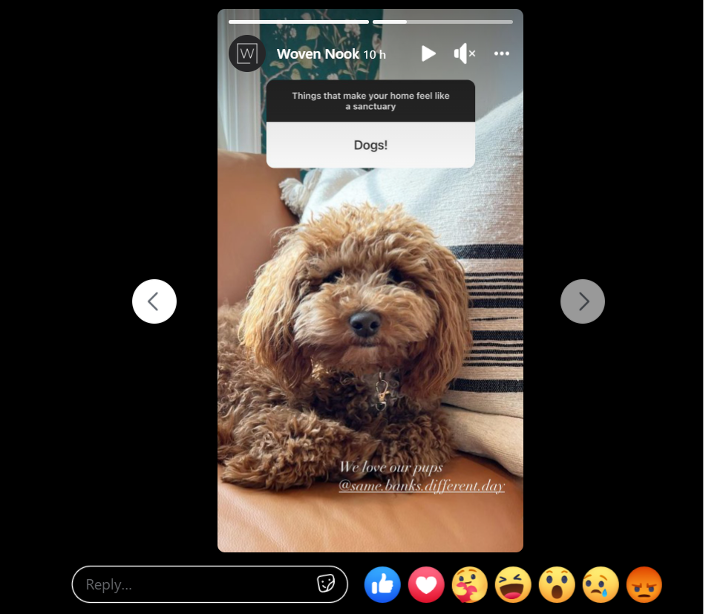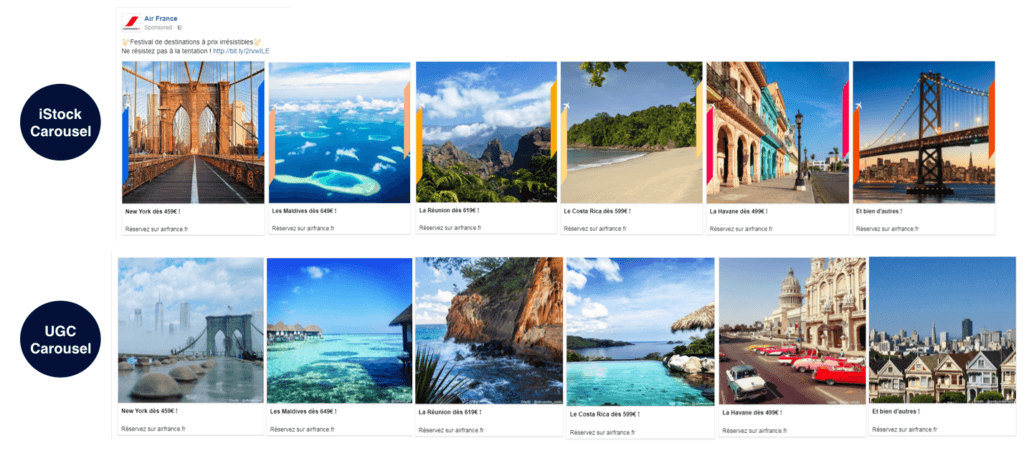

Too fast too friendly: exactly how does ultra-short form content work?
Unfortunately, shorter attention spans are just the first chapter of this narrative.

“Brevity is confidence. Length is fear.” This statement might not be foreign to storytellers and content creators — or to my CEO Simon Kearney, because quoting this shows I read the book he gave me — but contemporary content is certainly cranking up the extent of just how brief messaging can get.
So what do we mean by ultra-short?
15 seconds. That’s how long it takes for brands to sell themselves in a video, and many of them are seeing very promising results working within the margins of what we now call ultra-short form content. Some brands go one step further and utilise content that’s either not their own, or not a video at all.
And the versatility of the format is equally astounding; from luxury goods to experiences, to food, beverage and beyond, the effectiveness of content like this actually goes far beyond the infamous ‘decreased attention spans’ of the human being in 2022.
This video encourages engagement between audience and creator/brand,
generating publicity and clout for their win-win situation.
Not a new concept
This is not a new trend, and brands have been working with this format of content for as long as marketing on TikTok became a thing. With Instagram reels, YouTube shorts and even LinkedIn now accommodating such content, more brands will want to get a piece of this pie as well.
As seen in this Louis Vuitton video, this is probably a matter of knowing whom you’re communicating with as well.
While you’ll find many suggestions about what to do in your ultra-short form content, you probably know that with only 15-30 seconds, it all comes down to storytelling. New ways will have to be devised.
Established brands may have the privilege of having their brand message ring loud and clear in a 10-second video, but this doesn’t mean lesser known brands can’t get in on this as well. For example, Boutique furniture store Woven Nook uses the Instagram Asks feature to answer questions and get to know their consumers.


Today, brands sell…when they don’t talk
One type of content that has erupted in popularity in this format is user-generated content (UGC), where brands use content produced by their consumers to market themselves.
This is also why you’ll notice that the TikTok accounts of fast food chains like McDonalds’ and Chipotle tend to feature short-form UGC content like this one.
This video took advantage of a TikToker’s bombastic science experiment to push their new drink on the menu.
Bit wild, but definitely relatable fun.
The free publicity of brand challenges
Another way brands try to elicit UGC is through creating challenges for their consumers to film themselves attempting it. Not all of it is ultra-short form, but those that do qualify end up producing viral content, almost without lifting a finger.
Some examples include the Thousand Dollar Crocs challenge that eventually formed a collaboration between Post Malone and Crocs. The challenge asked consumers to get creative with what they thought the titular item of the challenge would look like.
By using the hashtag to bind clips produced by all creators, these brands show their messaging without showing their faces.
Perfect for an age where big corps aren’t trusted.
The importance of being real
The concept of UGC can be exceptionally incidental, like that photo of yourself you took at a ski resort during your last vacation, or a photo of the food you enjoyed at that newly-opened restaurant last week.

Authenticity is the name of today’s marketing game, as Air France found out when it pitted UGC against stock photos of iconic sights around the world. The UGC photos were both cheaper to acquire and generated more sales for the airline than the randomly pulled stock visuals did.
The value of validating the experiences of others
Clearly, ultra-short form content does not come just in the form of videos, and as companies and content marketers find more ways to narrow the distance between brand and consumer, it is likely that we will see more variants of the format showing up.
New online social platforms mean more opportunities for brands to show consumers how aligned — or unaligned — their values are. This mini-series by Tinder produced in collaboration with Instagram content creator @mytherapistsays demonstrates Tinder’s understanding of that fine line between being an insincere man and a creepy stalker.
Like the challenges above, Tinder would tag #menprovement on these videos and dialogue about them, making women Tinder users feel seen and acknowledged in the two most common types of men they have to contend with in the online dating world.
Best policy: be short and sweet
You’ll find that one thing they hold on to is the sense of intimacy and authenticity in all their releases. In our previous blog about producing content for Millennials and Gen-Zs, we mentioned this as one of the key draws for this demographic.
To adapt to the way current communication lines work, brands are cutting out all the fluff and focusing on what attracts people to listen to what they have to say. Many are realising it doesn’t have to be in their own voice, or strictly appear in any given format. All it truly takes is for brand marketers to have their finger on the pulse, and a keen sense of how to translate that into sales.
Read more from Click2View:
- AI Content Creation: The October 2022 Update
- There’s a Fine Line Between Delightful and Annoying
- Our Investment in Hypotenuse.ai
- Why Repurposing Your Content Works
Sign up to our newsletter for a weekly update on the latest content marketing news. Don’t forget to subscribe to our YouTube channel too!
Click2View is Southeast Asia’s premiere full-service independent B2B content marketing agency servicing clients like Microsoft, Google, Visa, Prudential, and the Lee Kuan Yew School of Public Policy.








